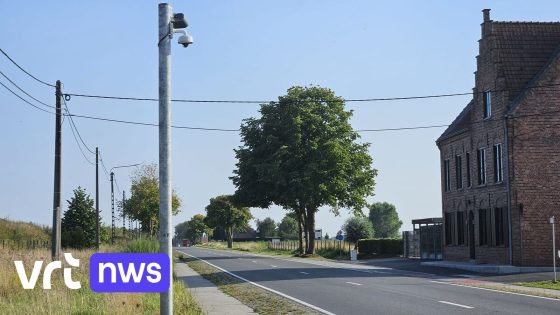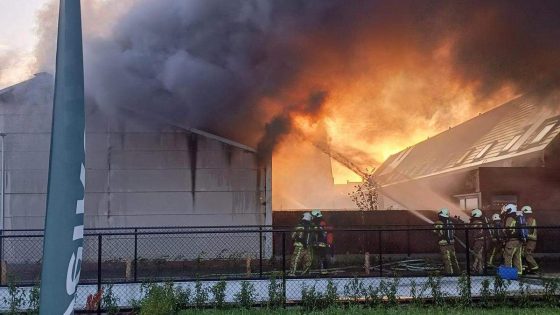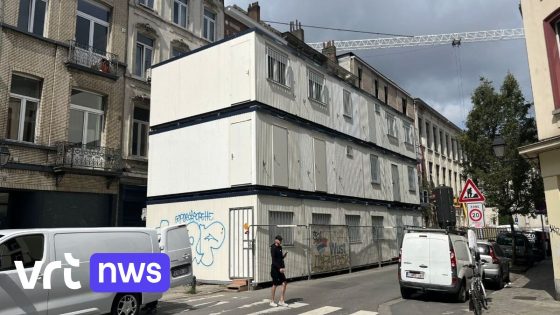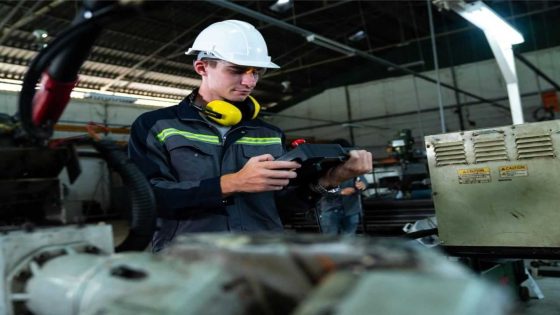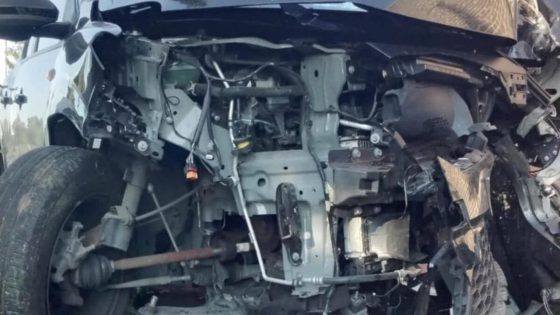Speeding remains a significant concern on Belgian roads, especially on the Iepersesteenweg between Merkem and the De Blankaart nature reserve. This stretch has been identified as a hotspot for speeding violations, with trajectory controls capturing a large share of offenders as of 2025-08-13 10:55:00. Local police are ramping up efforts to curb dangerous driving in this area.
- Speeding frequently occurs on Iepersesteenweg road
- Trajectcontrole detects 40% of total speeders
- 5,299 speeders caught towards Ieper this year
- 17% of violations from opposite direction
- Pervijze-Veurne trajectcontrole accounts for 18% violations
- Politiezone Polder operates 8 trajectcontroles total
According to Johan Geeraert, chief of the Polder police zone covering Diksmuide, Kortemark, Houthulst, and Koekelare, certain roads clearly present higher risks. How can authorities better address these risky zones before accidents occur? And what does this mean for drivers in the region?
These questions highlight the importance of understanding where and why speeding happens most frequently, leading US to the latest data from the Polder police zone.
Why does this particular route attract so many speeders? The data suggests a few key points:
- Nearly 25% of speeding violations occur on Iepersesteenweg heading to Ieper.
- 17% of offences come from the opposite direction on the same road.
- The Pervijze to Veurne trajectory control accounts for 18% of violations, rounding out the top three hotspots.
- In total, the Polder police zone operates eight trajectory controls to monitor speeding.
Looking ahead, continued monitoring and targeted enforcement could reduce speeding-related risks on these critical roads. Drivers are encouraged to stay informed about local controls and adjust their habits accordingly to keep Belgian roads safer.



